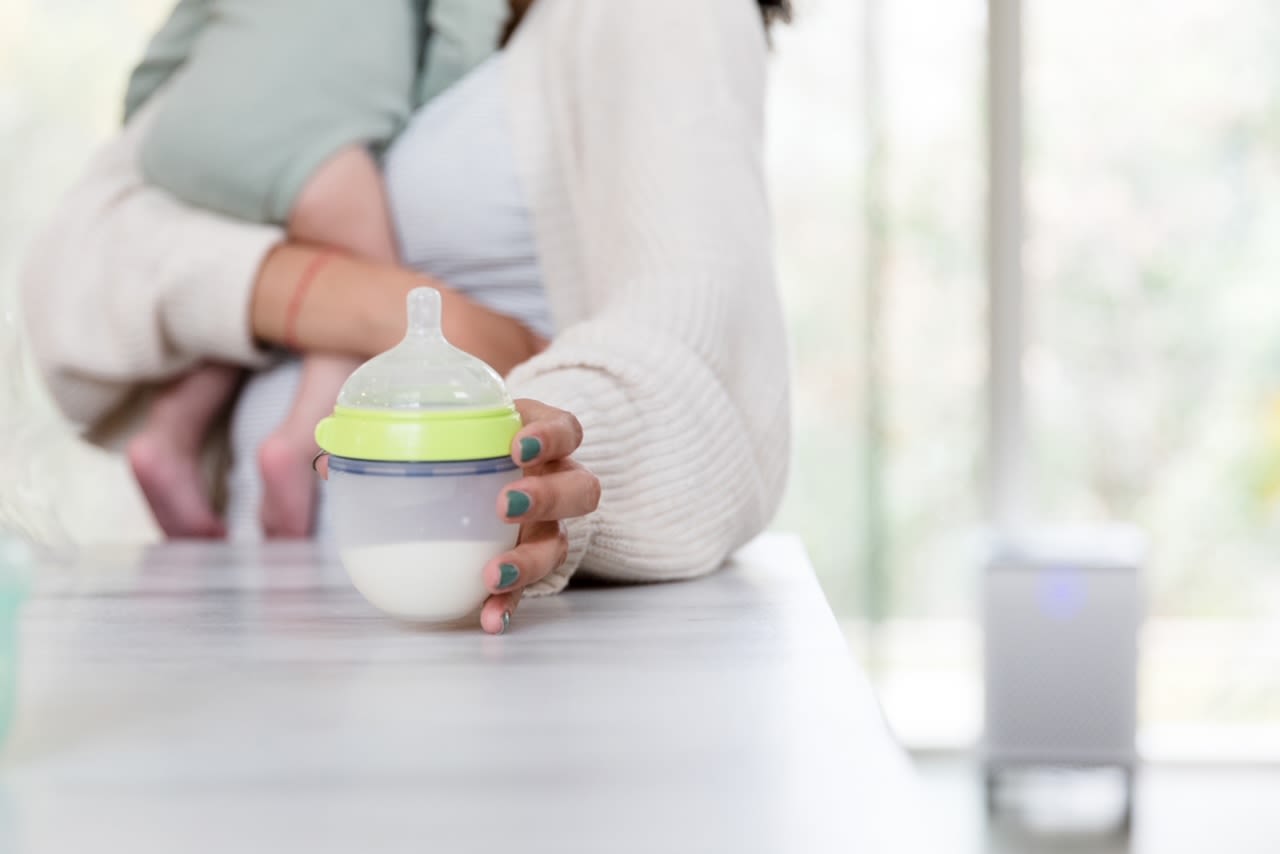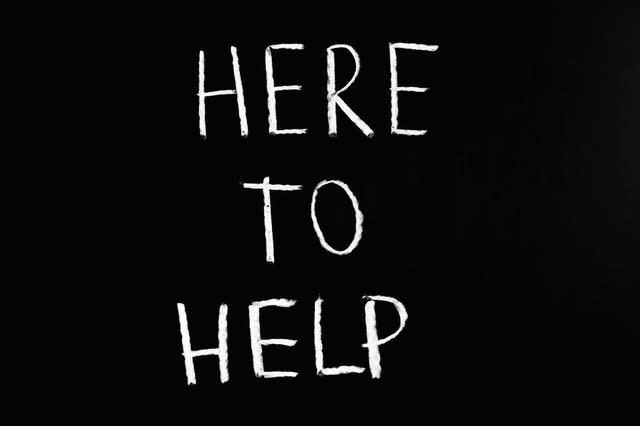If you’re concerned about a recently reported increase of strep throat in children, let me ease your mind.
Strep throat appears seasonally every year, usually beginning in late autumn, winter, or early spring, when many of us spend more time indoors, increasing our risk of sharing germs. We’re in strep throat season now, which is why we’re seeing an uptick in cases. At the same time, amoxicillin, the antibiotic we use to treat strep throat, is in short supply. So, let’s talk about learning how to recognize and avoid infection.
Strep is very contagious, but not as much as Covid-19 because it does not spread through fine mists that linger in the air for hours. Still, if you’re in close quarters with someone who has strep, then you have a 20-50% likelihood of catching it.
Less common symptoms may include nausea, vomiting, or headache.
Strep throat rarely happens when a child has other viral symptoms, like a runny nose, cough, or congestion. When it occurs with a fever and rash, it is regarded as scarlet fever.
Although children with strep symptoms are the most contagious, a significant minority of children are strep carriers: they have group A strep infection in their throat but don’t get sick and are not contagious.
A rapid strep test involves swabbing the throat and testing the material on the swab. This quickly determines if group A strep bacteria are causing the illness. If the test is positive, then your pediatrician will prescribe antibiotics. If the test is negative but your pediatrician still suspects strep throat, then he or she will take a throat culture. A throat culture takes more time than a swab but can find infections that the rapid test misses.
Accurate strep testing is very important in children and teens because an untreated infection can lead to complications, such as rheumatic fever, which can affect the heart, or glomerulonephritis, which is an inflammation of the kidney. These complications are uncommon in children younger than 2 years old and even rarer in adults, who generally do not need a throat culture following a negative rapid strep test.
Another possible, yet controversial, complication from strep is “pediatric autoimmune neuropsychiatric disorders associated with streptococcal infections,” or PANDAS. This is a group of conditions, including sudden onset of tics, obsessive-compulsive behavior, or other mental and neurological symptoms, which are thought to be related to strep infection, although no clear link has been established.
If a child has a severe penicillin allergy, then we use completely different familes of drugs such as lincosamides or macrolides.
A child who has a true strep throat infection should start feeling relief within 12 to 24 hours of starting antibiotics. A child who doesn’t respond to antibiotic treatment may have something else or be a strep carrier. But no child develops immunity to strep throat. They can have it multiple times.
Children who have frequent or ongoing strep infections may need to have their tonsils removed. Tonsils can be a reservoir of strep infection, and if it’s deep in the tonsils, then it recurs easily so a child never really gets rid of it. Removing the tonsils definitely reduces a child’s risk of recurrent strep.
Children who have had strep should stay home from school or daycare until they no longer have a fever or other symptoms and have taken antibiotics for at least 12 to 24 hours.
The best way to keep children from getting or spreading strep is by teaching them to cover their mouth and nose with a tissue when they cough or sneeze, wash their hands with soap and water for at least 20 seconds, or use an alcohol-based hand rub after coughing or sneezing, and always do the same before eating.
Strep throat appears seasonally every year, usually beginning in late autumn, winter, or early spring, when many of us spend more time indoors, increasing our risk of sharing germs. We’re in strep throat season now, which is why we’re seeing an uptick in cases. At the same time, amoxicillin, the antibiotic we use to treat strep throat, is in short supply. So, let’s talk about learning how to recognize and avoid infection.
What is strep throat and how contagious is it?
Strep throat is caused by a highly contagious group of bacteria known as A Streptococcus or group A strep, which typically live in the nose and throat. Infected children spread it by talking, coughing, or sneezing. They catch it by inhaling the respiratory droplets that contain the bacteria, touching their mouth or nose after they’ve touched something contaminated, or sharing a glass or plate with an infected person. Touching skin sores, called impetigo and caused by the group A strep bacteria, can also give children strep throat.Strep is very contagious, but not as much as Covid-19 because it does not spread through fine mists that linger in the air for hours. Still, if you’re in close quarters with someone who has strep, then you have a 20-50% likelihood of catching it.
What are common symptoms of strep throat?
It usually takes two to five days after exposure to group A strep bacteria to develop strep throat. The classic signs in children ages 3 to 12 include a bad sore throat, fever, swollen glands, and feeling generally miserable. When kids get strep, their throat often turns scarlet red at the back and sides, and their tongue turns deep red and develops whitish bumps like those on a strawberry. We call this “strawberry tongue.” Other symptoms often include:- Pain when swallowing.
- Red and swollen tonsils.
- White patches or streaks of pus on the tonsils.
- Tiny, red spots on the roof of the mouth, called petechiae.
Less common symptoms may include nausea, vomiting, or headache.
Strep throat rarely happens when a child has other viral symptoms, like a runny nose, cough, or congestion. When it occurs with a fever and rash, it is regarded as scarlet fever.
Can adults get strep throat?
It is more common in children, mostly 5-to-15-year-olds, than adults and rare in children younger than 3 years old. Adults at increased risk for strep throat include parents of school-aged children and adults who are in frequent contact with children.Although children with strep symptoms are the most contagious, a significant minority of children are strep carriers: they have group A strep infection in their throat but don’t get sick and are not contagious.
How do doctors test for strep throat?
There are two types of tests for strep throat: a rapid strep test and throat culture.A rapid strep test involves swabbing the throat and testing the material on the swab. This quickly determines if group A strep bacteria are causing the illness. If the test is positive, then your pediatrician will prescribe antibiotics. If the test is negative but your pediatrician still suspects strep throat, then he or she will take a throat culture. A throat culture takes more time than a swab but can find infections that the rapid test misses.
Accurate strep testing is very important in children and teens because an untreated infection can lead to complications, such as rheumatic fever, which can affect the heart, or glomerulonephritis, which is an inflammation of the kidney. These complications are uncommon in children younger than 2 years old and even rarer in adults, who generally do not need a throat culture following a negative rapid strep test.
Another possible, yet controversial, complication from strep is “pediatric autoimmune neuropsychiatric disorders associated with streptococcal infections,” or PANDAS. This is a group of conditions, including sudden onset of tics, obsessive-compulsive behavior, or other mental and neurological symptoms, which are thought to be related to strep infection, although no clear link has been established.
What treatments are prescribed for strep throat?
Penicillin is the preferred treatment for strep. It specifically targets the bacteria, but kids don’t like its taste. Alternatively, doctors prescribe amoxicillin, which is in the same antibiotic family, but broader spectrum. Amoxicillin has also been in short supply, probably because, like most antibiotics, it is produced by overseas companies that cannot keep up with demand. If a child is mildly allergic to penicillin, then we often prescribe a class of drugs called cephalosporins.If a child has a severe penicillin allergy, then we use completely different familes of drugs such as lincosamides or macrolides.
A child who has a true strep throat infection should start feeling relief within 12 to 24 hours of starting antibiotics. A child who doesn’t respond to antibiotic treatment may have something else or be a strep carrier. But no child develops immunity to strep throat. They can have it multiple times.
Children who have frequent or ongoing strep infections may need to have their tonsils removed. Tonsils can be a reservoir of strep infection, and if it’s deep in the tonsils, then it recurs easily so a child never really gets rid of it. Removing the tonsils definitely reduces a child’s risk of recurrent strep.
Children who have had strep should stay home from school or daycare until they no longer have a fever or other symptoms and have taken antibiotics for at least 12 to 24 hours.
The best way to keep children from getting or spreading strep is by teaching them to cover their mouth and nose with a tissue when they cough or sneeze, wash their hands with soap and water for at least 20 seconds, or use an alcohol-based hand rub after coughing or sneezing, and always do the same before eating.
Featured Expert/ Author


















